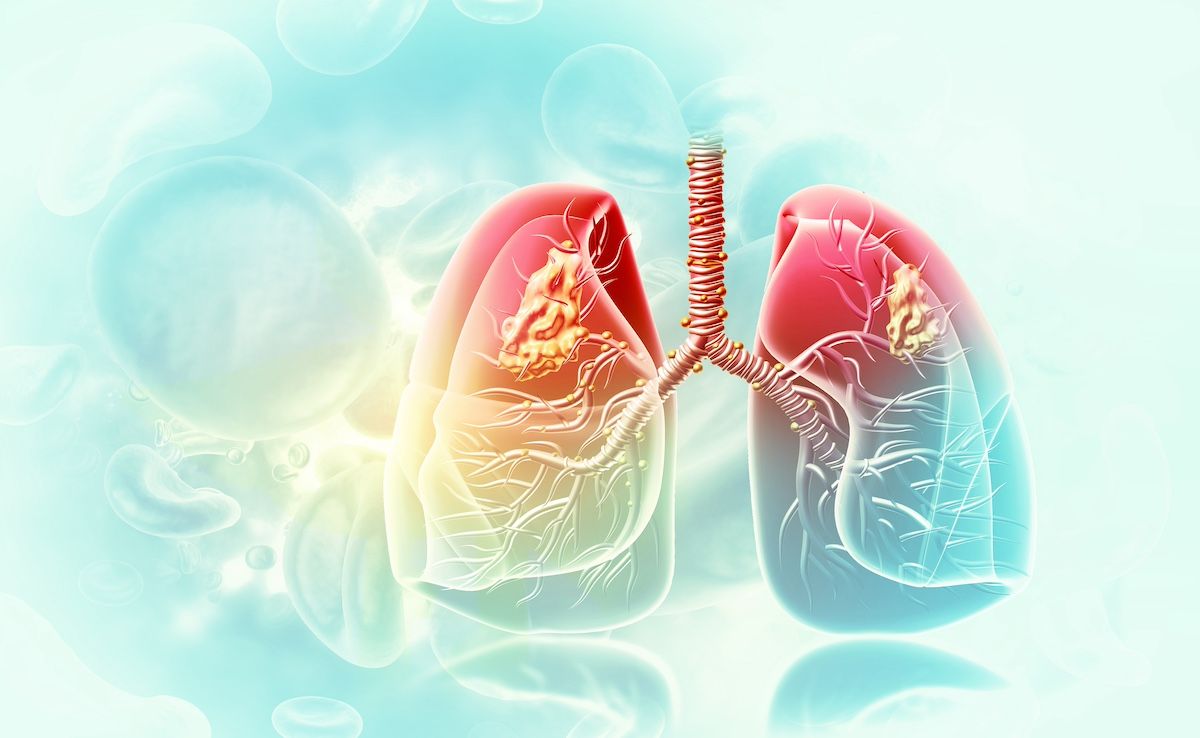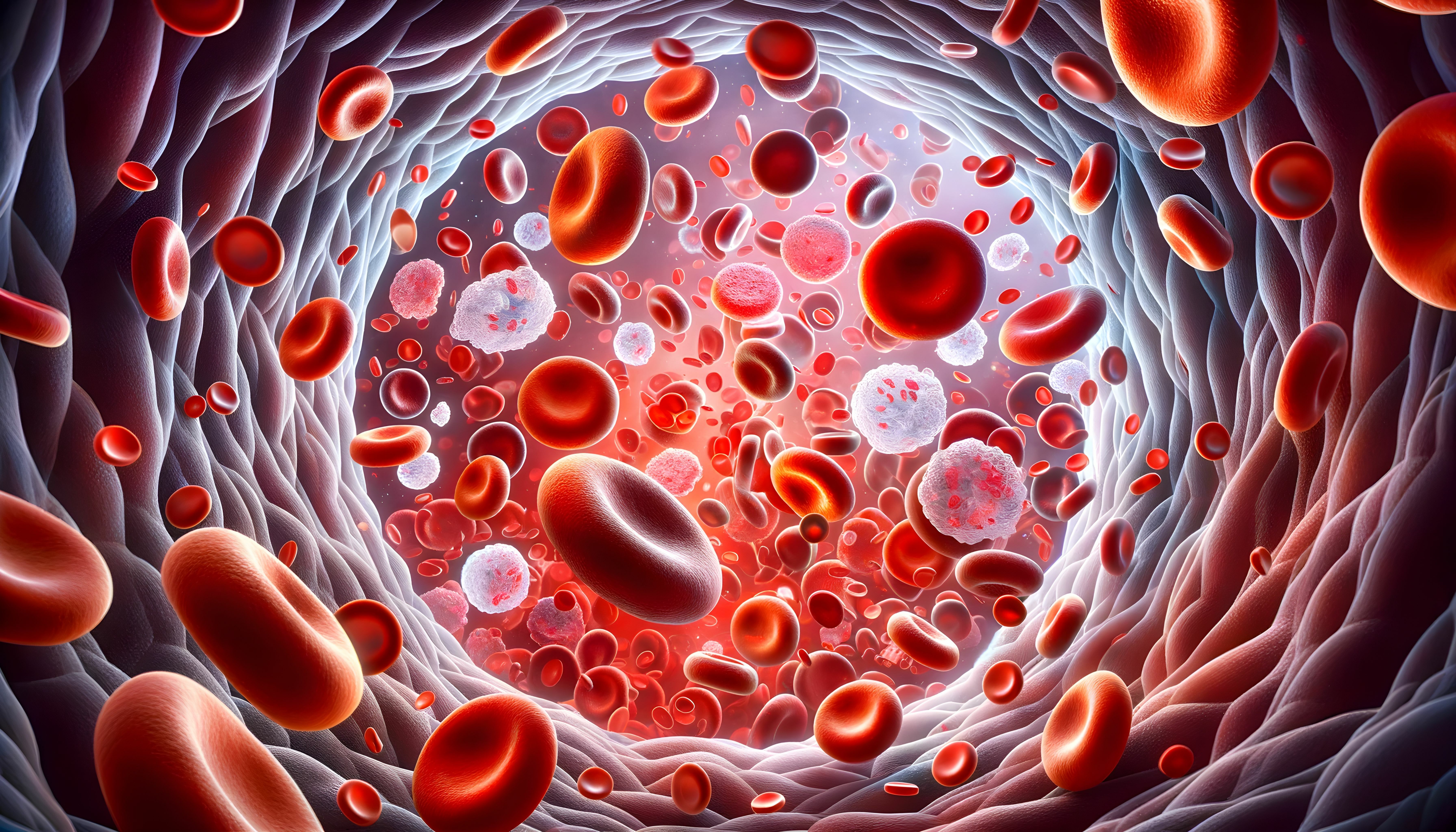Commentary
Video
Dr Beau Raymond: How Ochsner’s Digital Program Promotes Tailored Diabetes Management
Author(s):
Diabetes treatment goals vary based on age and diabetes type, with more focus on managing insulin levels for children and adolescents while addressing comorbid conditions like obesity and hypertension for adults, said Beau Raymond, MD, MMM, FACP, of Ochsner Health Network.
Sidney (Beau) Raymond, MD, MMM, FACP, chief medical officer of Ochsner Health Network, talks about the evolution of diabetes management tools within the past 5 years, including Ochsner’s own digital program, which offers personalized interventions and medications tailored to individual needs. According to Raymond, a major goal with this program is to prevent hospitalizations and improve long-term outcomes for patients with diabetes.
Transcript
You mentioned how diabetes care is all encompassing. Can you talk more about how involved diabetes care can be?
Yeah, and so that's why it's great, the interventions that have come about, because it's evolved a lot over the past, I can say 5 years, but it's probably even less than that, that we've really had some big changes that have occurred. But the program that we have within Ochsner, our digital program, the way it works is—and I'll talk about diabetes specifically—you have your home monitor, it Bluetooths to your phone, it sends all those readings to us. So we're constantly getting all those readings, all that information, and so we can see when you start going upwards and you're getting out of control, and we can reach out to you. And we have health coaches involved, we have pharmacists who will adjust your medications, all those are supervised by an endocrinologist. We're making sure you get all your screenings done, there's outreach for that. We make sure that you're on the right cholesterol medicines.
Also, a big thing is we make sure you're on the right diabetes medicine. As strange as that may seem, we're actually putting people on some more expensive drugs because it's the right drug for them, because of their comorbid conditions. What we've found is that, although there may be a slight increase initially because you're now on the right medications for what else you’ve got going on, we're preventing you from going to the hospital, to the ED [emergency department], and being admitted. And so, the balance of that is much better from a cost and utilization standpoint, but from a patient perspective, the fact that you're actually under better control and you're on the right medications to help prevent those downstream events, that's way better outcomes and that's what we care more about than anything else.
So sure, there's a financial aspect to it, but the reality is, it's lifestyle and everything else. These interventions that we have nowadays are just so much better than what they were 5 to 10 years ago.
How do treatment goals differ between adults and children or adolescents living with diabetes?
So here's the thing: it kind of depends on what type of diabetes you have. That's what changes things a bit as to how you treat a patient. And the interesting thing is that, because of obesity issues that we have within the US now, we have a lot more children who are now developing what was called type 2 diabetes, but they're not insulin dependent. It's not because they're not making insulin, it's because they're insulin resistant. The way you manage a patient is very different depending on those factors. So, if somebody requires insulin or someone doesn't, the medicines you use are very different, and then you also have to be more aware and more cognizant of making sure people don't drop too low when they're on insulin in particular as opposed to if they're not on insulin.
The good thing nowadays is we have continuous glucose monitors, we have the digital program, we have things that we're able to monitor people more closely, and people are actually able to manage themselves much better because they have the information, so they're able to help manage their behavior and their diet and everything else better that way.
For children who are diagnosed with insulin-dependent diabetes, the goal initially is basically just keeping them well, keeping them healthy, preventing them from having the really lows because that's a high risk. It's just getting the right habits, right eating habits, and everything else that goes with it, and having those earlier interventions, and getting that understanding of what you need to do on a regular basis for the rest of your life because you now have diabetes.
For adults, when they're diagnosed with diabetes, [typically] they don't need insulin right away, but they also have lots of other factors that are built into it already. It tends to be that they're overweight or obese, they tend to already have high blood pressure, they tend to already have high cholesterol, and already have all those other things. So, you're trying to address all those comorbid conditions at the same time to try to help prevent and reduce the risk of kidney disease, eye disease, heart disease, strokes, and the like. So, it's about making sure you're hitting all of those things, as well as trying to lose weight and get better that way. The more you can control those things on the front end, the better your outcomes are at the end.
So, it's a little bit different as to how you treat patients. But we are seeing more and more kids who are like 10 or 11 [years old] who are now being diagnosed with insulin-resistant type diabetes because of their diet habits and exercise habits and all those sorts of things. What we really need to be doing is helping affect the food supply and what kind of food is available so that people start having healthier habits at a younger age, really making a difference that way.
This transcript has been lightly edited for clarity.

Navigating Sport-Related Neurospine Injuries, Surgery, and Managed Care




